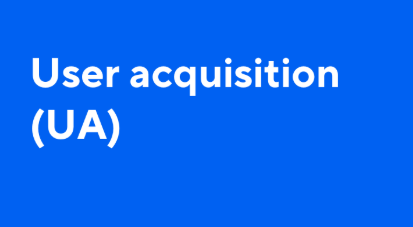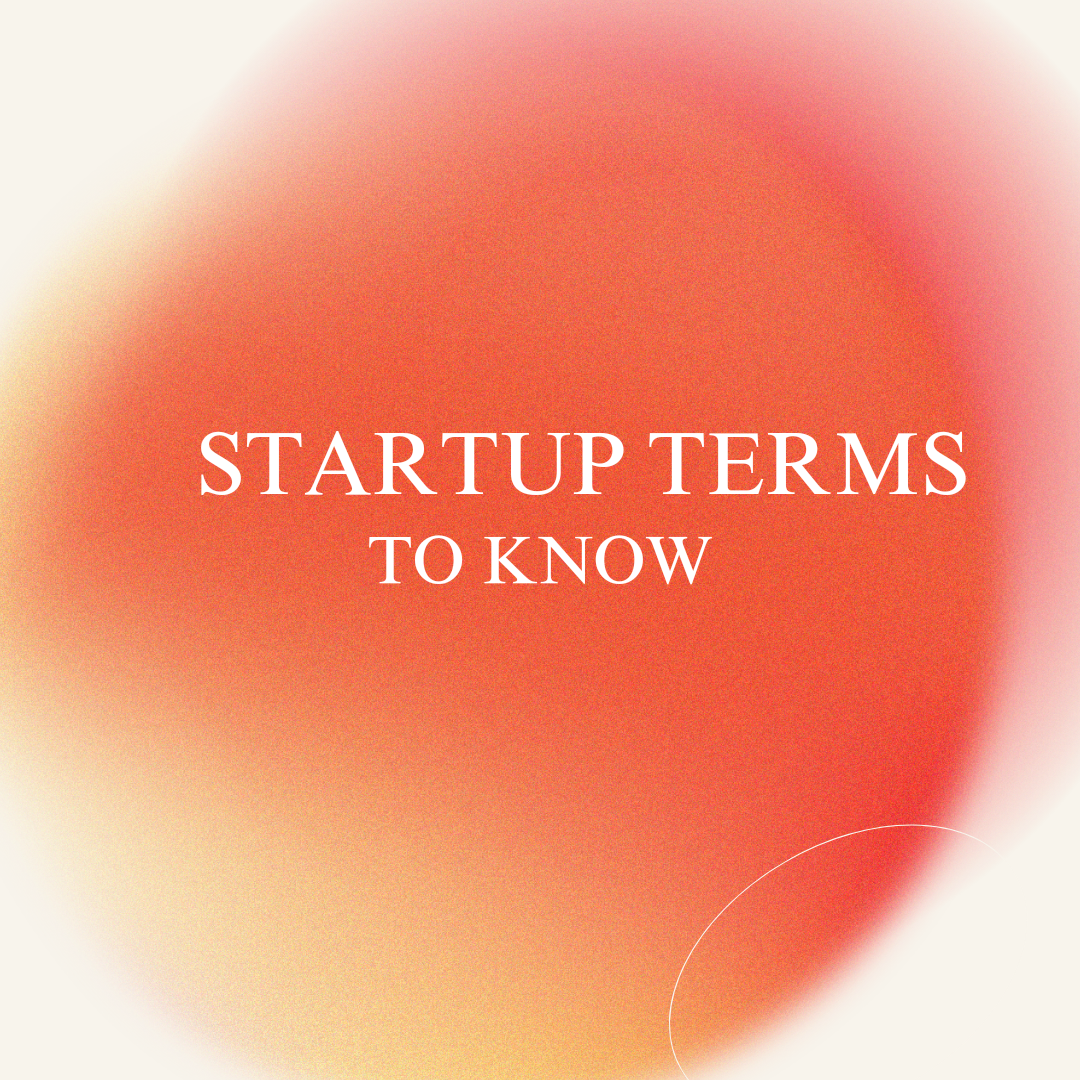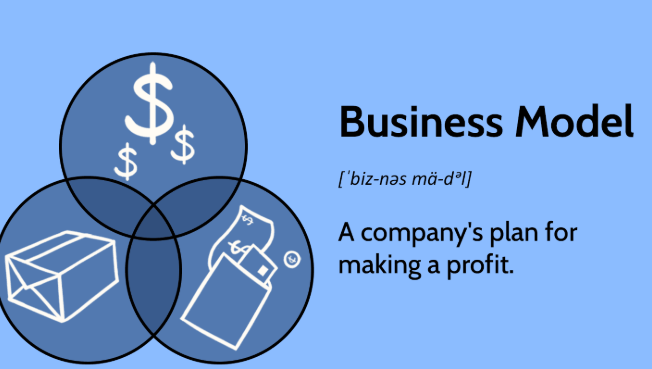Back
Tarun Suthar
CA Inter | CS Execut... • 1m
DAY 6 - Business Model & Revenue Logic: How Startups Actually Make Money (and Keep It Flowing) 📊 💥 Why most startups don’t fail because their product doesn’t work - they fail because their business model does. Every founder has a product idea they believe can change the world. But the truth is - products don’t build startups, business models do. 📈 Your business model is the blueprint of survival - it defines how you create, deliver, and capture value. And at its heart lies your revenue logic - the system that keeps your engine running efficiently. Let’s decode how great startups turn models into money. 🔹 1️⃣ Revenue Streams - How Money Flows In Revenue streams are how value gets converted into cash. 🔁 They answer three questions every founder must master: Who pays you? How often? And why do they keep paying? ‼️Common startup models: 💥 Freemium → Premium (Figma, Notion, Canva): Build habit loops before monetizing power users. Figma’s brilliance wasn’t design alone - it was its monetization flow from community to enterprise. 💥 Subscription (Netflix, HubSpot): Continuous value equals continuous revenue. 💥 Transaction-Based (Razorpay, Stripe): Volume over margin. 💥 Commission/Marketplace (Zomato, Airbnb): Enable others to sell and earn a slice from every deal. 💡 Focus on depth before diversity. Build one strong cash engine before chasing multiple streams. 🔹 2️⃣ Pricing Mechanisms - Turning Perceived Value Into Real Money Pricing is where strategy meets psychology. You don’t set a price to cover cost - you set it to communicate value. Three dominant logics: 1. Cost-Driven: Focused on operational efficiency (Xiaomi, Meesho). 2. Value-Driven: Charge for uniqueness and emotion (Apple, Patagonia). 3. Dynamic/Usage-Based: Scale with demand or use (AWS, Uber). Small shifts in pricing can transform your bottom line faster than any marketing campaign. 👉 Price to position, not to please. 🔹 3️⃣ Cost Drivers - There Are Only Two Ways to Create Strategic Positioning ( Competitive Advantage ) Every sustainable business ultimately faces one fundamental truth - there are only two ways to build strategic positioning: 1. Be the Lowest Cost Producer 2. Be the Most Differentiated Player Everything else is a variation and combination of these two ideas. 1️⃣ Cost Leadership Strategy - Win by Being the Most Efficient You compete by producing at lower costs than rivals while maintaining acceptable quality. This doesn’t mean cutting corners - it means designing operations that scale efficiently. Think of Ryanair or OYO’s early model - optimizing fixed costs, leveraging technology, and squeezing value from every operational layer. When cost leadership is mastered, even small margins generate exponential volume-led profits. 2️⃣ Differentiation Strategy ( USP ) - Win by Being the Most Distinct You don’t compete on price, you compete on perception. Your product, brand, or experience must offer something that cannot be easily replicated. Think Figma, Tesla, or Dyson - customers don’t buy their products; they buy their identity and experience. Differentiation demands investment - in design, technology, or customer intimacy - but it allows pricing freedom and loyalty that cost-cutters can never earn. In short, cost leadership creates advantage through efficiency; differentiation creates advantage through emotion. The worst position is the middle - expensive enough to lose on cost, ordinary enough to lose on uniqueness. ⚠️ Note - In real world Companies uses both Strategy to build its Competitive Advantage - Running towards only one Strategy will kill you in long run, mostly by your competitors. 🧩 The Business Model Canvas - Your Startup’s X-Ray Map your business through 9 elements: 1. Customer Segments 2. Value Proposition 3. Channels 4. Customer Relationships 5. Revenue Streams 6. Key Resources 7. Key Activities 8. Key Partners 9. Cost Structure Once it’s visualized, you’ll see patterns - what truly drives value and what silently drains it. 🔹 Real Example - Figma’s Freemium Masterstroke Figma didn’t win because it was the only collaborative design tool. It won because its freemium-to-enterprise model created a viral loop. Designers adopted it freely, teams standardized it organically, and companies upgraded by necessity - not persuasion. That’s not marketing. That’s revenue logic by design. 🧭 Founder Action ✅ Sketch your Business Model Canvas today. List down: Your top 2 revenue sources Your 3 biggest cost drivers One pricing experiment you’ll test next month Then ask yourself: ➡ Am I the lowest-cost producer or the most differentiated brand in my space or both?
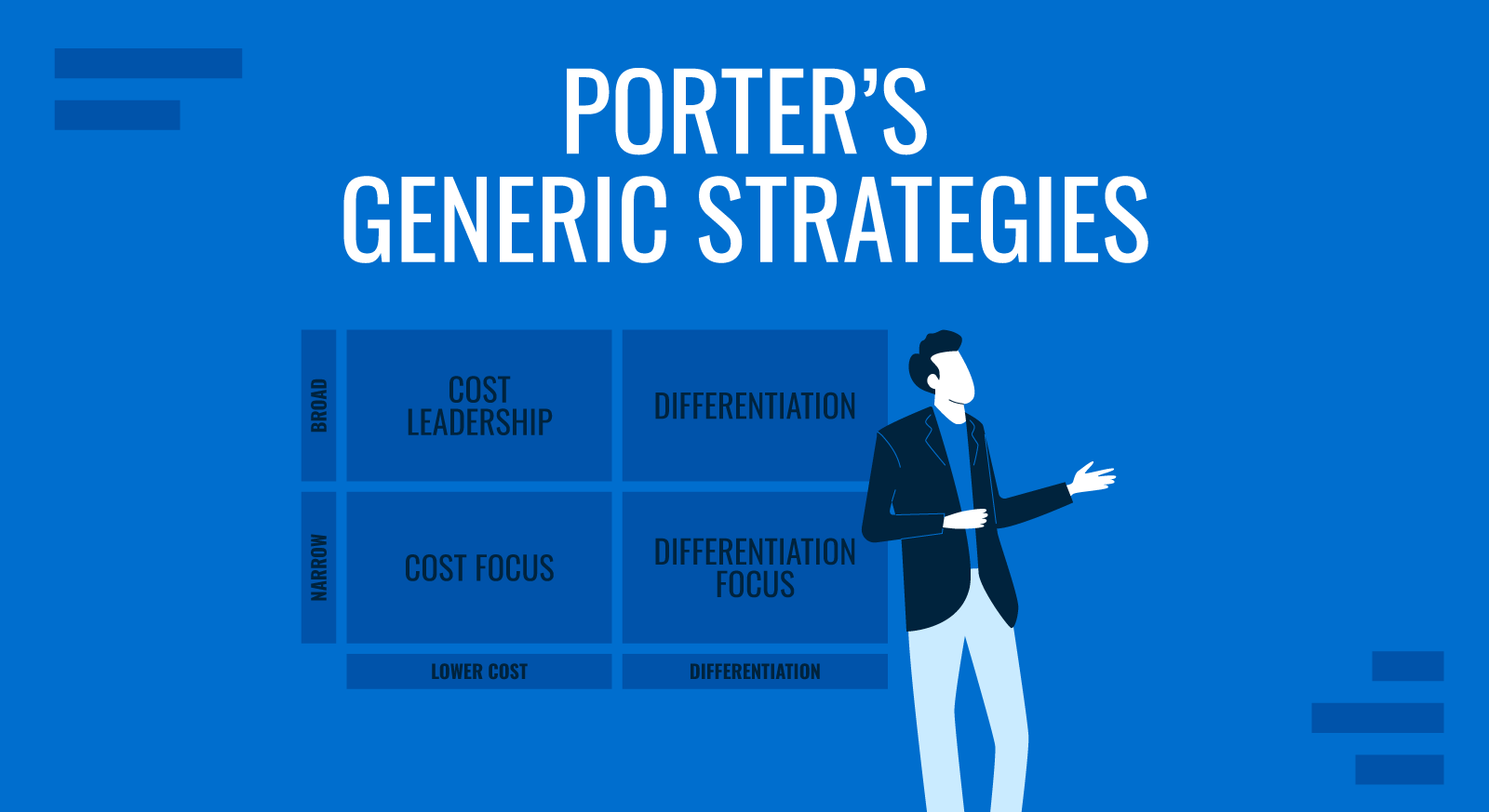
Replies (1)
More like this
Recommendations from Medial
Maniraj N G
Marketing & Systems ... • 11m
🚀 Business Model vs Revenue Model vs Revenue Stream 🚀 These terms are often used interchangeably, but they mean very different things. Here's a simple breakdown: 1️⃣ Business Model 🧩 What your business does and how it creates value. Example: N
See MoreManiraj N G
Marketing & Systems ... • 11m
Symmetrical vs. Asymmetrical Business Models Understanding these two models can help you analyze how businesses operate and grow. Here's a simple breakdown: Symmetrical Business Model You get paid directly for the value you deliver. Example: A
See MoreJagan raj
Founder & CEO of Tec... • 1y
Google’s business is the ultimate middleman model – connecting businesses and creators while taking a hefty share. 💰 $88.3B revenue 🔹 $65.9B from ads (Search, YouTube, AdMob) Most of their revenue comes from ad dollars, bridging creators & advert
See More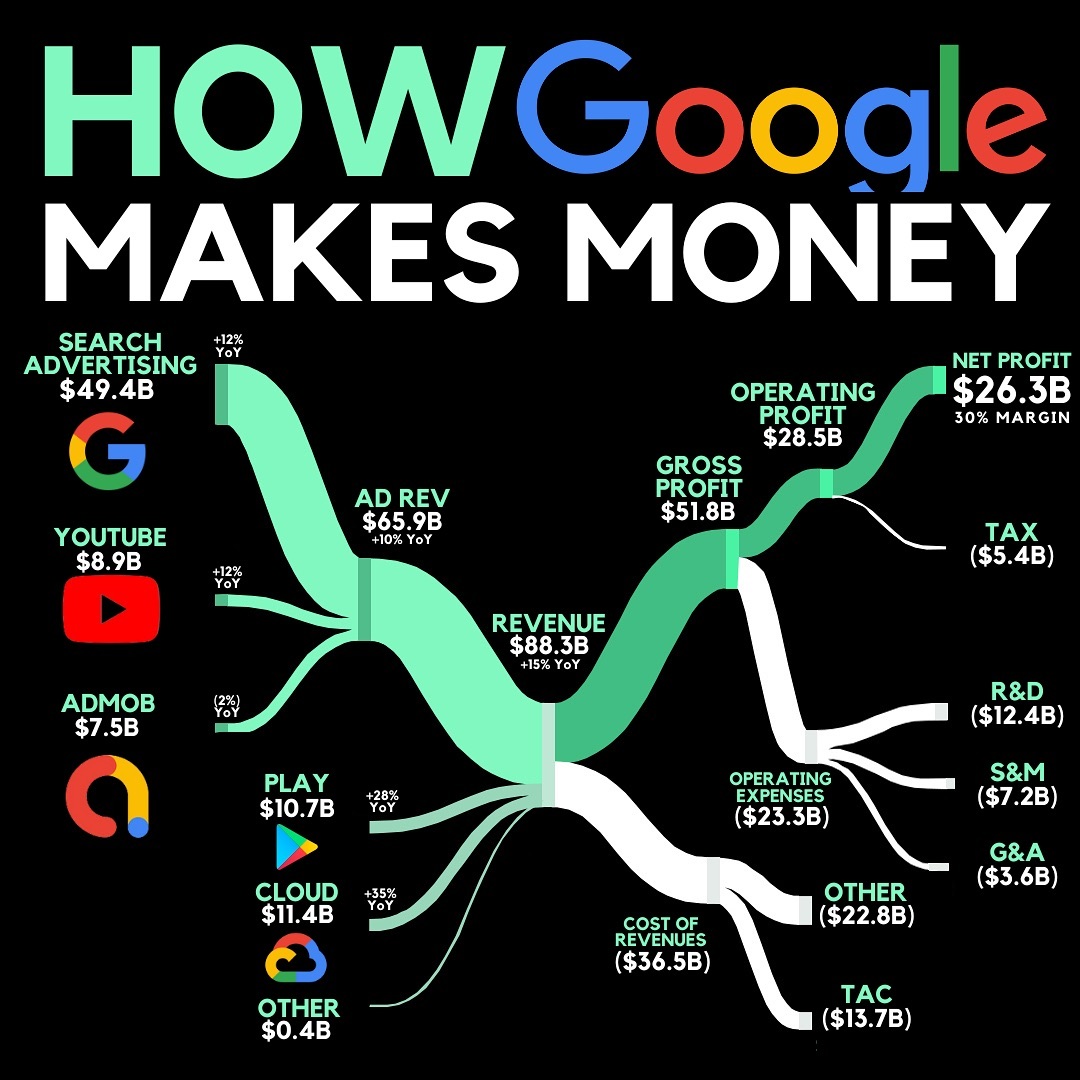
Rajan Paswan
Building for idea gu... • 1y
Have you ever had a fantastic idea for a product or service, but weren't sure how to turn it into a reality? This is where the Business Model Canvas comes in. Imagine the Business Model Canvas as a one-page blueprint for your business idea. It's d
See More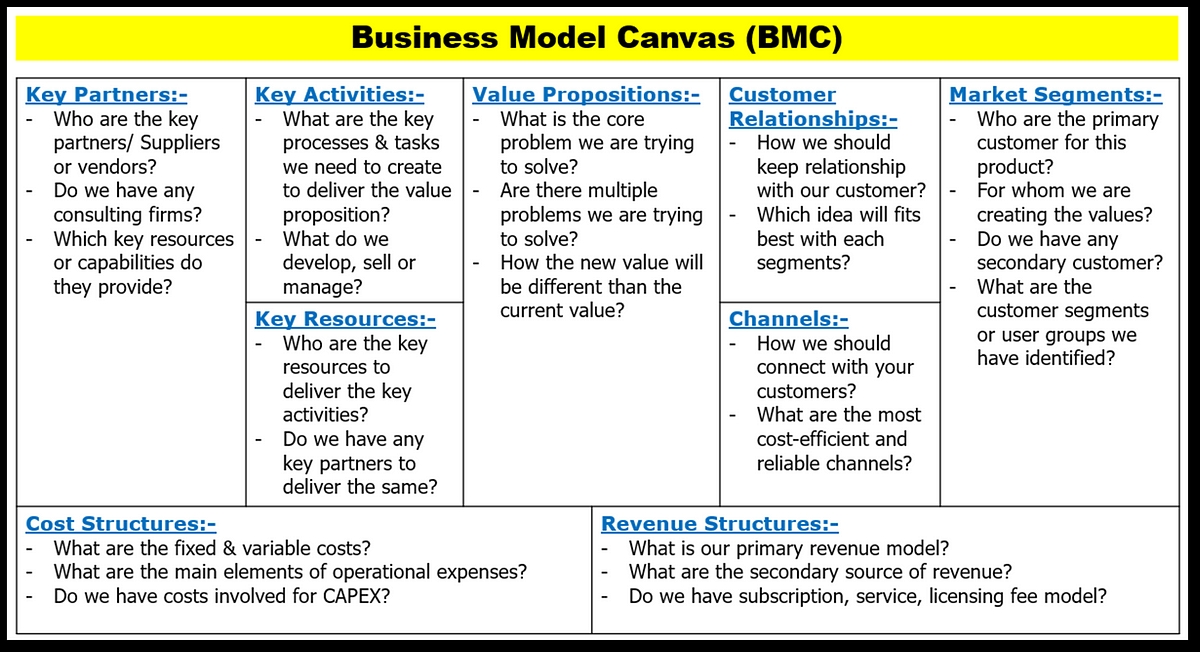
Download the medial app to read full posts, comements and news.






